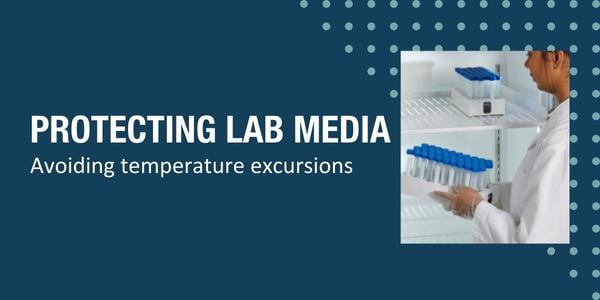In the clinical laboratory, it’s important to safeguard sensitive media from temperature excursions. Temperature-controlled storage from 2-8°C is frequently required. Refrigerators used to store media should have tight temperature uniformity to reduce the risk of having to discard products that have frozen or gotten too warm.
Media and reagents must be stored within the manufacturer’s specified temperature range. The College of American Pathologists (CAP) All Common Checklist provides guidance on how these items should be stored.
All reagents and media, for example, should be stored and handled as defined by the laboratory and following the manufacturer's instructions. If the manufacturer specifies a required temperature range, the temperature must be monitored daily.
The use of equipment designed for storing temperature-sensitive media, reagents, and specimens is important for safeguarding their integrity and maintaining regulatory compliance. Storage within the correct temperature range is critical for ensuring accurate test results. It is also important to reduce the risk of financial loss due to temperature excursions.
To achieve optimal temperature management and prevent temperature excursions, a laboratory refrigerator must excel in the following areas:
Temperature Uniformity
Uniformity is the measurement of temperature consistency across all usable locations in the cabinet. Tight uniformity provides confidence that media and other stored items are maintained at the correct temperature regardless of storage location.
Temperature Recovery
Recovery is the amount of time required for a cold storage unit to return to the setpoint after a door opening. Quick temperature recovery is necessary to ensure door openings do not cause stored materials to exceed the required temperature range. Recovery also is important when considering extended door openings due to inventory counts or restocking.
Temperature Stability
Temperature stability measures how effectively the cold storage unit maintains the temperature at setpoint, even during compressor and auto-defrost cycles. Compared to conventional refrigeration technology, newer approaches that leverage variable capacity compressors maintain a higher level of stability.
GX Solutions Laboratory Refrigerators from Helmer Scientific protect sensitive media by providing optimal temperature management, which minimizes the risk of temperature excursions. In addition, they support compliance by constantly monitoring the temperature with high and low alarms that activate if the temperature rises above or falls below the alarm limits.
Other Blogs You Might Be Interested In...
- Centrifuge Solutions for Clinical Labs
- GX Solutions Undercounter Cold Storage Supports Operational Efficiencies
- Video Series: i.C3® Intelligent Monitoring for Clinical Labs
- GX Solutions Refrigerators Support Sustainability & Reduce Cost of Ownership
To learn more about refrigerated storage designed to keep your media and reagents safe, review our Best Practices Guide for Selecting Laboratory Refrigerators.





